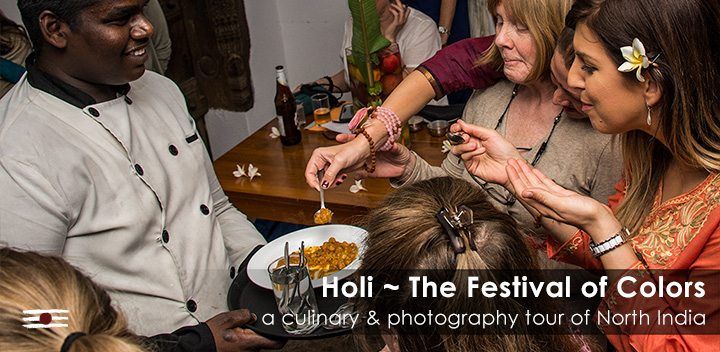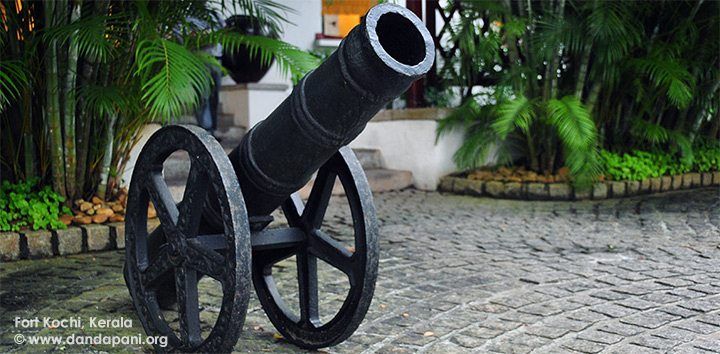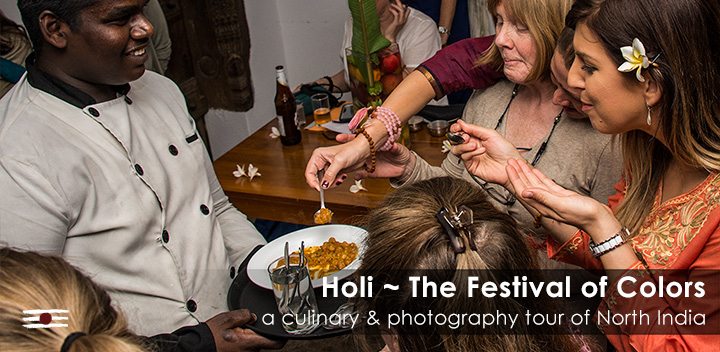
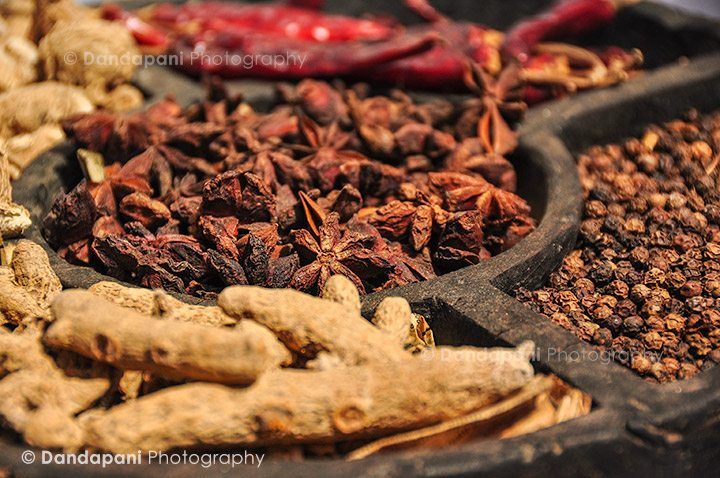
Today we continue with Part 2 (read Part 1) of my friend, foodie and, fantastic Indian chef: Markley Boyer’s article discussing the signature spices of India:
An unusual spice used in many foods in South India is asafetida, the dried resin from a member of the family of plants that includes carrot, dill and cumin. Sold either as a powder or in small blocks, asafetida has a strong, somewhat unpleasant smell when raw. The smell is so strong, that it needs to be kept in a tightly sealed container to prevent it from overwhelming the kitchen. But when asafetida is sizzled in hot oil, the smell and flavor transform into something distinctive and delicious that is somewhat reminiscent of onions or garlic. In fact, some purists who do not eat onions for religious reasons, use asafetida as a substitute.
Another unusual spice that is ubiquitous in Tamil cuisine is the curry leaf. The curry leaf tree is native to South India and its shiny green leaves are a crucial component of many dishes. The smell and flavor is not really like anything else. Typically the leaves are sizzled in hot oil at the beginning of cooking to perfume the oil, but curry leaves can also be torn up and added to a dish part way through cooking. In some regions, curry leaves are ground and used as the basis of a thick intense sauce - a curry leaf curry.
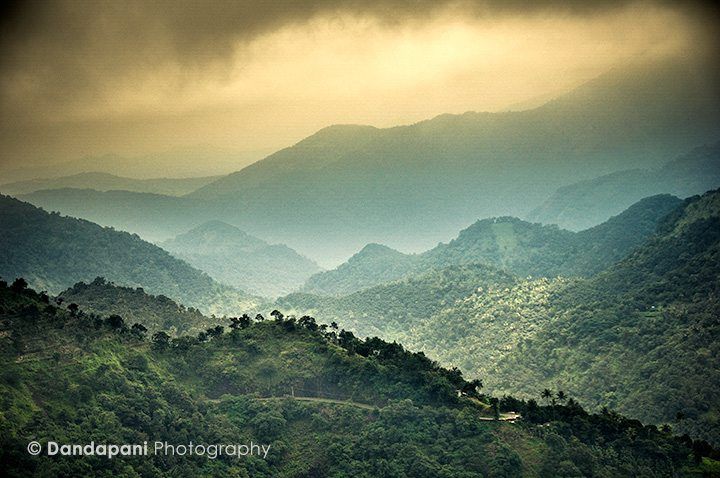
A green leaf that is probably familiar to most fans of Indian food is cilantro - also used extensively in South and Central America. A few sprigs of cilantro are often thrown into a dish just before serving to add a bright note.
An unusual feature of South Indian food is that some lentils are used both in the conventional fashion as a starchy base for soups and stews, but also as a spice. Two kinds of dal, chana dal and urad dal are often sizzled in hot oil to perfume the oil. These crunchy little pieces of fried dal can be found in many Tamil snack foods.
Finally, all of these spices can be combined in almost infinite variety to make spice mixes or “curry powders.” Traditionally all spices would have been ground fresh for each days cooking and this yields much more intense flavors. But as a time-saving measure, many cooks now use pre-ground mixtures, either purchased from a shop or prepared at home. Certain spice combinations are used so frequently that there are mixtures especially for making them such as Sambar powder.
If you are interested in Indian cooking join Markley and I next March on a Spiritual Adventure in Food and Photography in Northern India. This luxurious spiritual adventure takes you off the beaten path, providing unending photographic opportunities, a culinary experience to dazzle your taste buds, and culminates in India's most colorful festival - Holi! Join us in March 2015 on one of our most spectacular spiritual adventures yet. Excited? Check out our itinerary.
